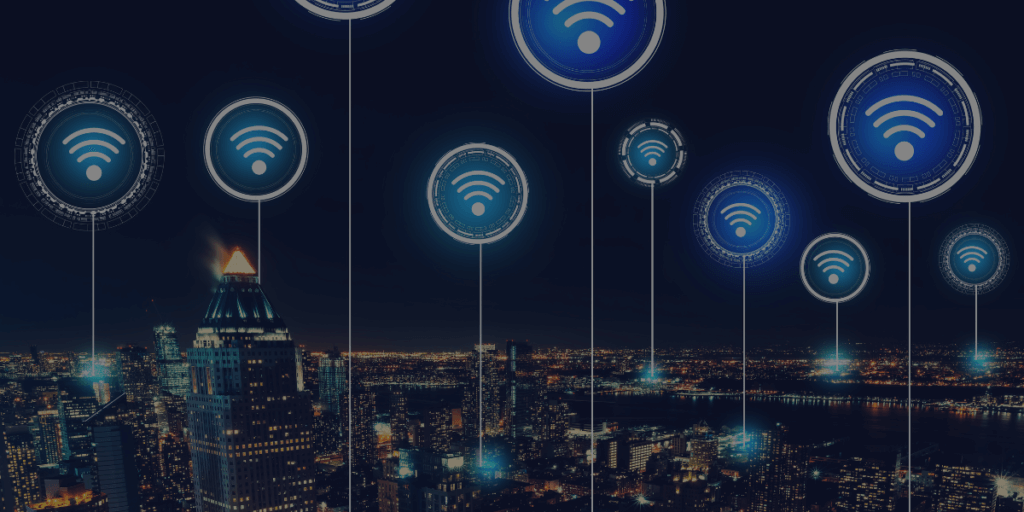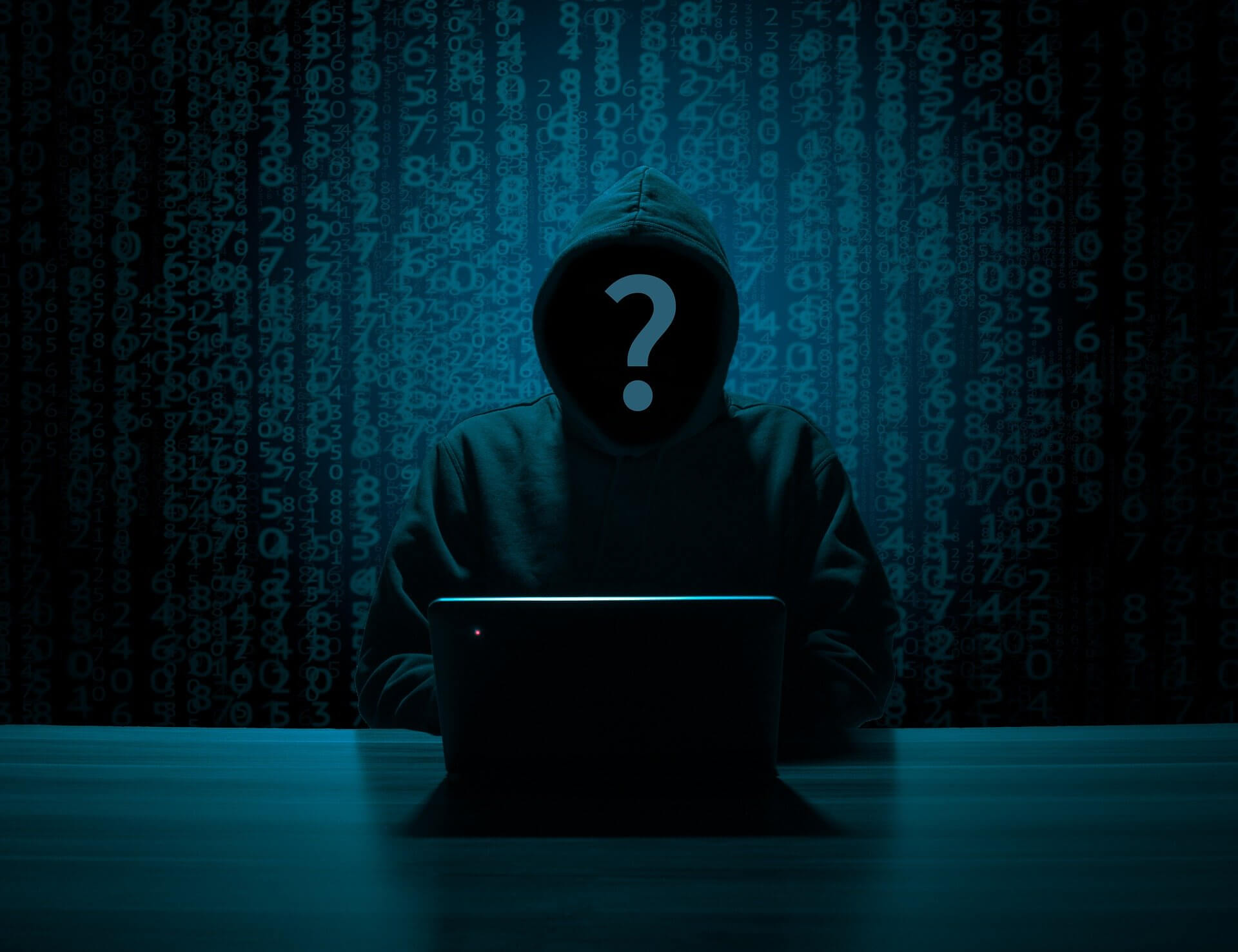Public wifi is convenient and quick to use, especially for those working on the go. Whether you’re in a cafe, hotel, library or shopping centre, connecting to the internet has never been easier. However, it’s not as safe and plain sailing as many people think, in fact, connecting to a public wifi could be the action that leads to financial devastation.
The perception of the security of public wifi is currently mixed, with a Forbes survey finding that 43% of respondents believe public wifi is somewhat safe, 23% believe it is completely safe, 20% consider public wifi to be somewhat unsafe, and 5% consider it not safe at all.
But which opinion is correct? This blog will shed some light on the truth behind the safety of public wifi.
From a cyber security perspective, if you’re reading this blog post while connected to a public wifi network, you may want to disconnect – here’s why:
The perils of public wifi
Public wifi networks are notorious hotspots for cyber threats. Unlike secure, private networks, public Wi-Fi lacks robust encryption protocols, making it susceptible to interception by malicious actors. Here are some of the primary dangers:
- Man-in-the-middle attacks
Cyber criminals can get a hold of data transmitted over public Wi-Fi networks, allowing them to eavesdrop on sensitive information such as login credentials, financial data, and confidential business documents. With this information, they can hack you and steal your data, leading to damage you can’t recover from.
- Malware distribution
Attackers can deploy malware onto devices connected to public Wi-Fi networks, compromising their integrity and potentially leading to data breaches or system compromises. By simply clicking a link that appears when you try to connect to the network, you’re allowing malware to attack.
- Rogue hotspots and phishing scams
Cybercriminals often set up rogue wifi hotspots with legitimate-sounding names to lure unsuspecting users into connecting. Once connected, they can launch phishing attacks, tricking users into divulging personal or corporate credentials. Often, in order to connect to a public wifi, you will be asked to enter an email address and a password, or something similar. This information is then used to carry out an attack.
Why public wifi and hybrid working are not the perfect match
With the rise of hybrid working, employees regularly split their time between office and remote work, which has been beneficial for a variety of reasons. However, along with the benefits is one massive drawback – cyber security risks.
So, why is connecting to a public wifi not a safe option for hybrid workers? There are two main reasons:
- Mixing your personal and work devices
With the lines between personal and professional devices often blurred, employees tend to use the same gadgets for work-related tasks on public networks. By doing this, you’re opening up vulnerabilities to cybercriminals who can exploit weaknesses in personal devices to gain access to corporate networks or sensitive company data.
- Exposing sensitive data for the world to see
Hybrid workers often need to access work resources and data, such as email or cloud-based apps, from wherever they’re working. However, when connecting to public wifi networks to access this information, they accidentally expose sensitive corporate information for cyber criminals to find and utilise.
How to avoid the risks
Of course, staying off of public wifi would be the ideal solution for avoiding the cyber security risks that it brings. However, this is not always the case – especially for hybrid workers who need to work on the move.
But what can employees do to mitigate the risks while still benefiting from public wifi?
Virtual Private Networks (VPNs)
VPNs encrypt data transmissions, providing an additional layer of security against potential eavesdropping or interception. So, encourage your employees to use VPNs when connecting to public wifi networks, as it could be the very thing that saves your business.
Update your devices
Regularly update security software and devices to address known vulnerabilities and boost resilience against emerging threats. In a recent blog post, we discussed the importance of updating Windows devices, which you can read here.
Multi-factor authentication (MFA)
Implement authentication, such as MFA, to enhance your security, especially for remote workers accessing private data from varying locations.
Improve cyber security awareness within your organisation
Provide regular training sessions, simulated phishing exercises, and clear security policies to empower employees to recognise and respond effectively to potential threats. At SupPortal, we offer cyber security awareness training that’s designed to educate employees, reduce risk, and keep your organisation safe from cyber security attacks – find out more.
If you’d like to learn more about how SupPortal can help you navigate a world of cyber threats, get in touch.







